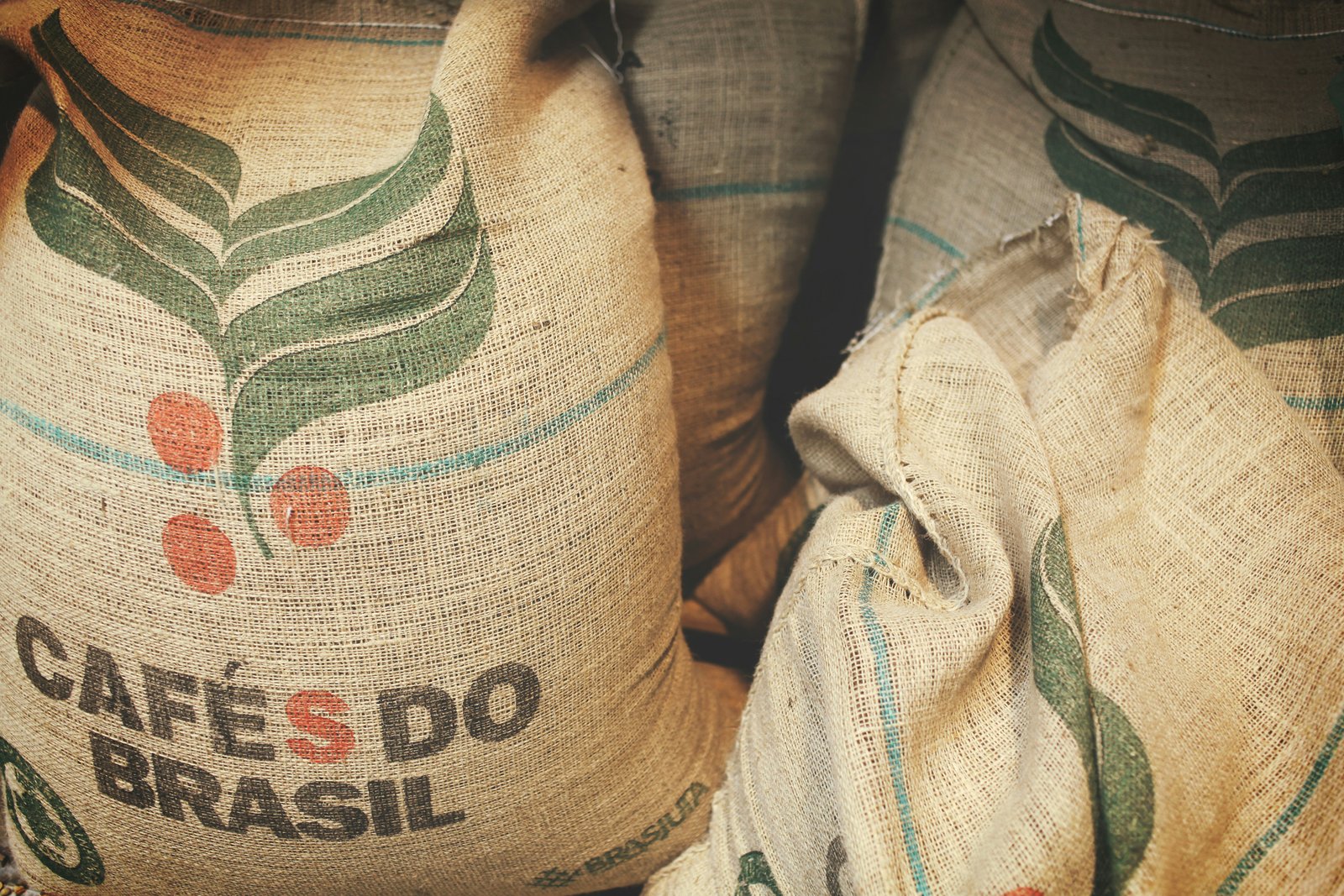
The Essential Guide to Import-Export Agriculture
The Essential Guide to Import-Export Agriculture
When it comes to the world of agriculture, import-export plays a crucial role in meeting the demands of the global market. In this blog post, we will explore the ins and outs of import-export agriculture, providing you with valuable information and insights.
What is Import-Export Agriculture?
Import-export agriculture refers to the trading of agricultural products between different countries. It involves the importation of goods from one country and their subsequent exportation to another. This practice allows countries to access a wider range of agricultural products and meet the demands of their local market.
The Benefits of Import-Export Agriculture
Import-export agriculture offers several benefits for both importing and exporting countries. Let’s take a look at some of the key advantages:
- Access to a Variety of Products: Import-export agriculture allows countries to access a wide range of agricultural products that may not be available locally. This helps to diversify the food supply and meet the demands of consumers.
- Increased Revenue: Exporting agricultural products can be a lucrative business for countries. It allows them to generate revenue by selling their surplus produce to other countries.
- Job Creation: Import-export agriculture creates employment opportunities in both importing and exporting countries. It supports farmers, traders, and other professionals involved in the agricultural supply chain.
The Challenges of Import-Export Agriculture
While import-export agriculture offers numerous benefits, it also comes with its fair share of challenges. Some of the common challenges include:
- Trade Barriers: Different countries have different regulations and trade barriers that can hinder the smooth flow of agricultural products. These barriers include tariffs, quotas, and sanitary and phytosanitary measures.
- Quality Control: Ensuring the quality and safety of agricultural products during transportation and storage can be a challenge. Proper handling, packaging, and storage practices are essential to maintain the freshness and quality of the products.
- Market Volatility: The agricultural market is subject to fluctuations in supply and demand, weather conditions, and global economic factors. These uncertainties can impact the profitability of import-export agriculture.
Key Considerations for Import-Export Agriculture
If you are considering getting involved in import-export agriculture, here are some key considerations to keep in mind:
- Market Research: Conduct thorough market research to identify the demand for specific agricultural products in different countries. This will help you determine which products are in high demand and have the potential for profitability.
- Regulations and Documentation: Familiarize yourself with the regulations and documentation requirements for importing and exporting agricultural products. Compliance with these requirements is crucial to avoid any legal issues.
- Logistics and Transportation: Consider the logistics and transportation aspects of import-export agriculture. Choose reliable shipping and logistics partners to ensure the smooth and timely delivery of your products.
Conclusion
Import-export agriculture plays a vital role in meeting the demands of the global market. It offers numerous benefits, such as access to a variety of products, increased revenue, and job creation. However, it also comes with its challenges, including trade barriers, quality control, and market volatility. By considering key factors and staying informed about regulations and market trends, you can navigate the world of import-export agriculture successfully.
